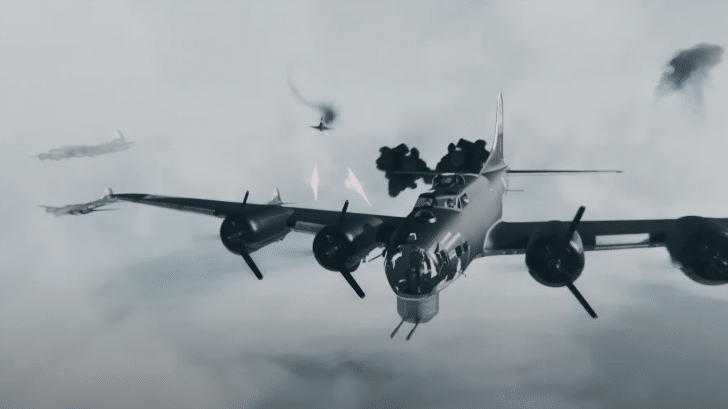There was no shortage of ideas during WWII. The top minds of every country involved produced a lot of impressive aircraft, but that doesn’t mean they’re incapable of designing something equally as terrible. With that said, here are five insane German aircraft ideas that understandably never took off:
1. Gotha Rammer

Starting off the list is the Gotha Rammer – the fighter with no guns. The design of the Rammer is simple and straight to the point. If it entered service, the aircraft would literally ram its head into bomber planes.
The rammer had two basic designs: One that shows a rocket-propelled plane with a pilot laying flat to brace for impact, while the other shows a larger jet-powered plane with a cockpit in a pod attached to the fuselage. Both designs were devised to have the cockpit ejected at the moment of impact.
2. Sack AS-6

No, this isn’t a UFO. The Sack AS-6 was a circular-winged prototype plane built by a local farmer during WWII. To make the plane, Arthur Sack had to take the landing gear, cockpit, and pilot seat from a Bf 109B and the Argus As 10C-3 engine from a Bf 108 Taifun.
The plane already had poor flight characteristics when the first prototype was unveiled, which carried over to the several variants made by Sack. It was finally put to rest after multiple failed attempts to make the AS-6 airborne.
3. Junkers Ju 287

Not only was the 287 a state-of-the-art bomber, but it also had forward-swept wings that could outrun any fighter jet at the time – theoretically, of course. The prototype was made out of different parts of planes, so it was sometimes called the Frankenplane.
An order of 500 Ju 287s was created in 1945 but was far too late to be built in mass numbers to change the outcome of the war. Regardless, its forward-swept wing design sparked new ideas and projects used by both sides.
4. Junkers EF 009

The EF 009 was designed as a point-defense interceptor to be positioned around vital locations. It was to be powered by ten jet engines clustered around its nose and was expected to only last six minutes.
During takeoffs, the EF 009 would either do it from a takeoff trolley or in a vertical position at 48 mph, transitioning to horizontal flight when it reaches its operational altitude. The aircraft can then land unpowered on a central skid mounted on the front of the plane.
However, the EF 009 would never be built because advances in aircraft design made the project obsolete even before the plans were completed.
5. Focke-Wulf Super Lorin

Not much is known about the proposed German jet interceptor as it was designed towards the end of WWII. But, according to recovered documents, the Super Lorin was based on the FW Ta 183 with wings swept back at 45 degrees.
There would have been two ramjets at the tips of the swept tailplanes to minimize drag and were only used for cruising, while a rocket engine on its fuselage and a small turbojet was used for takeoffs. The inclusion of a rocket and turbojet engine was essential as it gave enough initial velocity to start the ramjets, which couldn’t produce thrust at low airspeeds.



